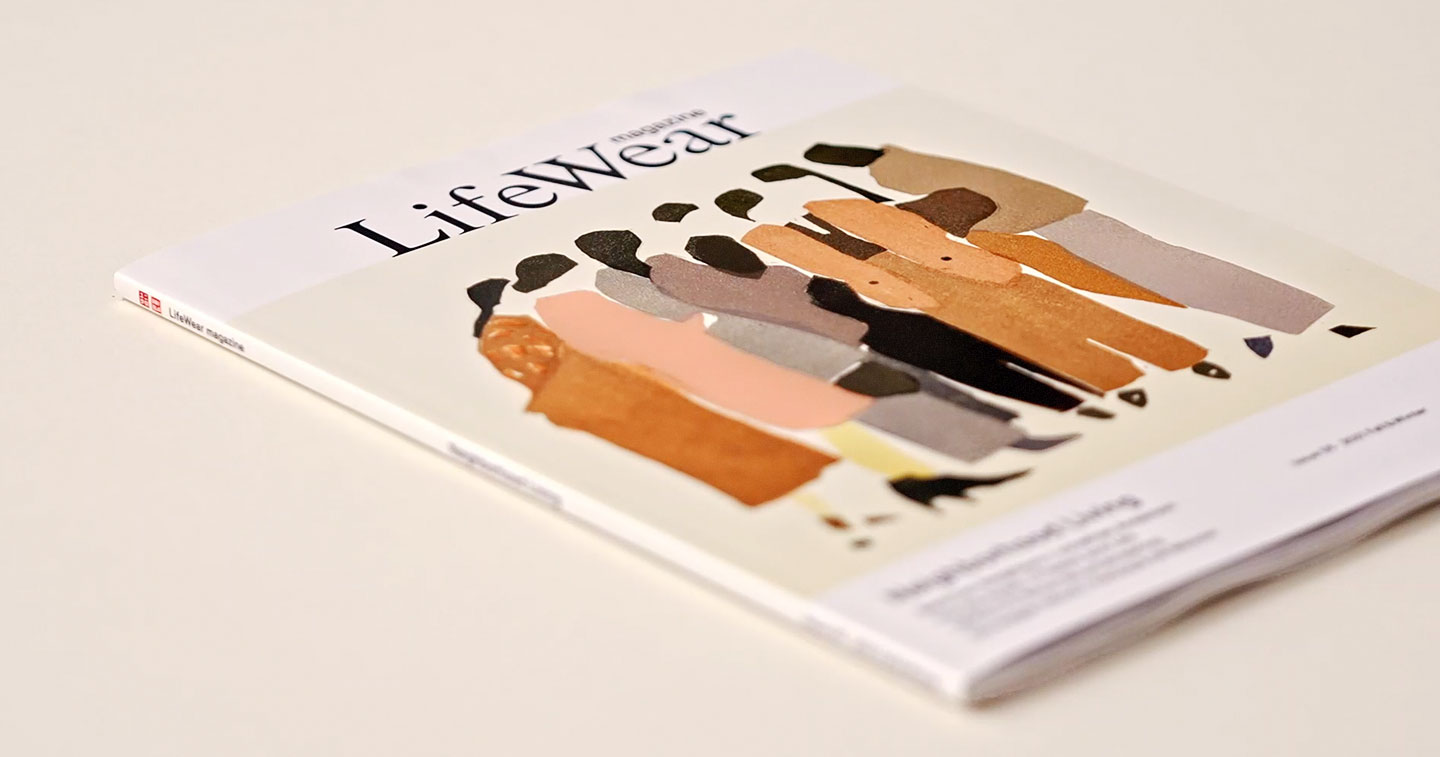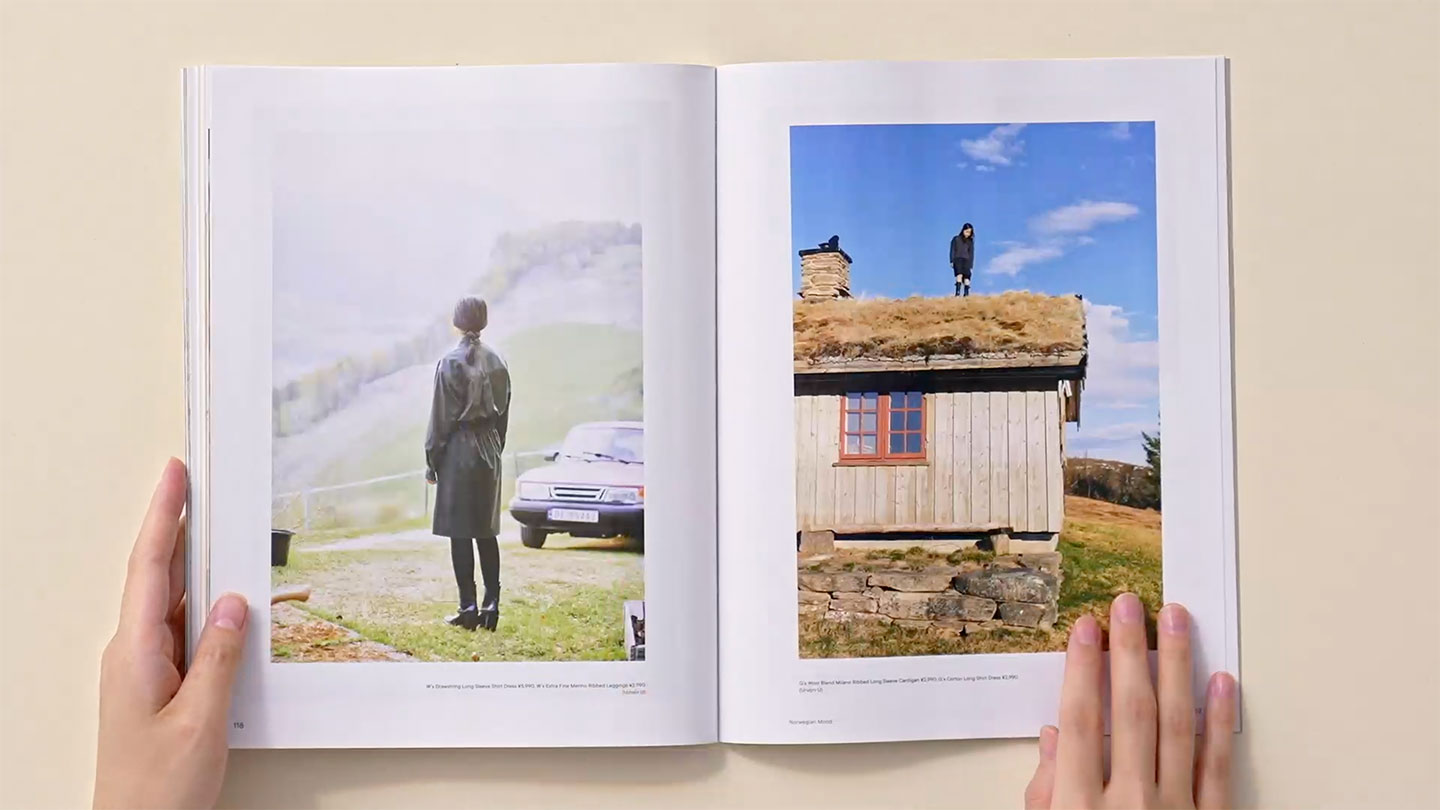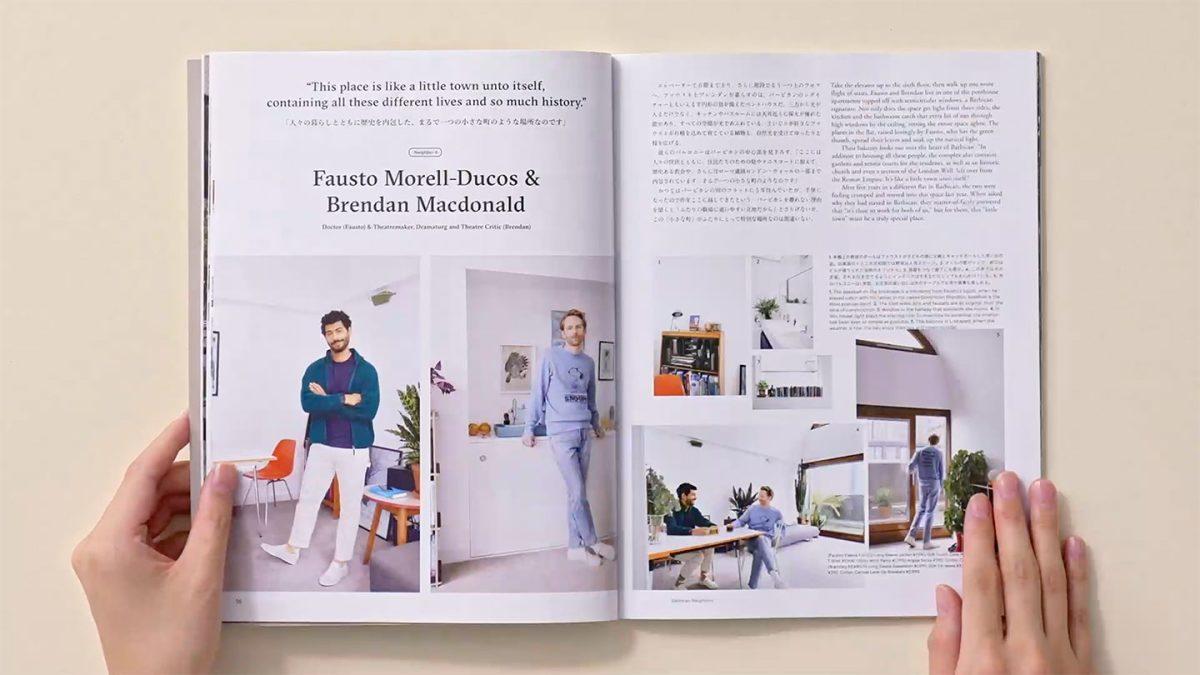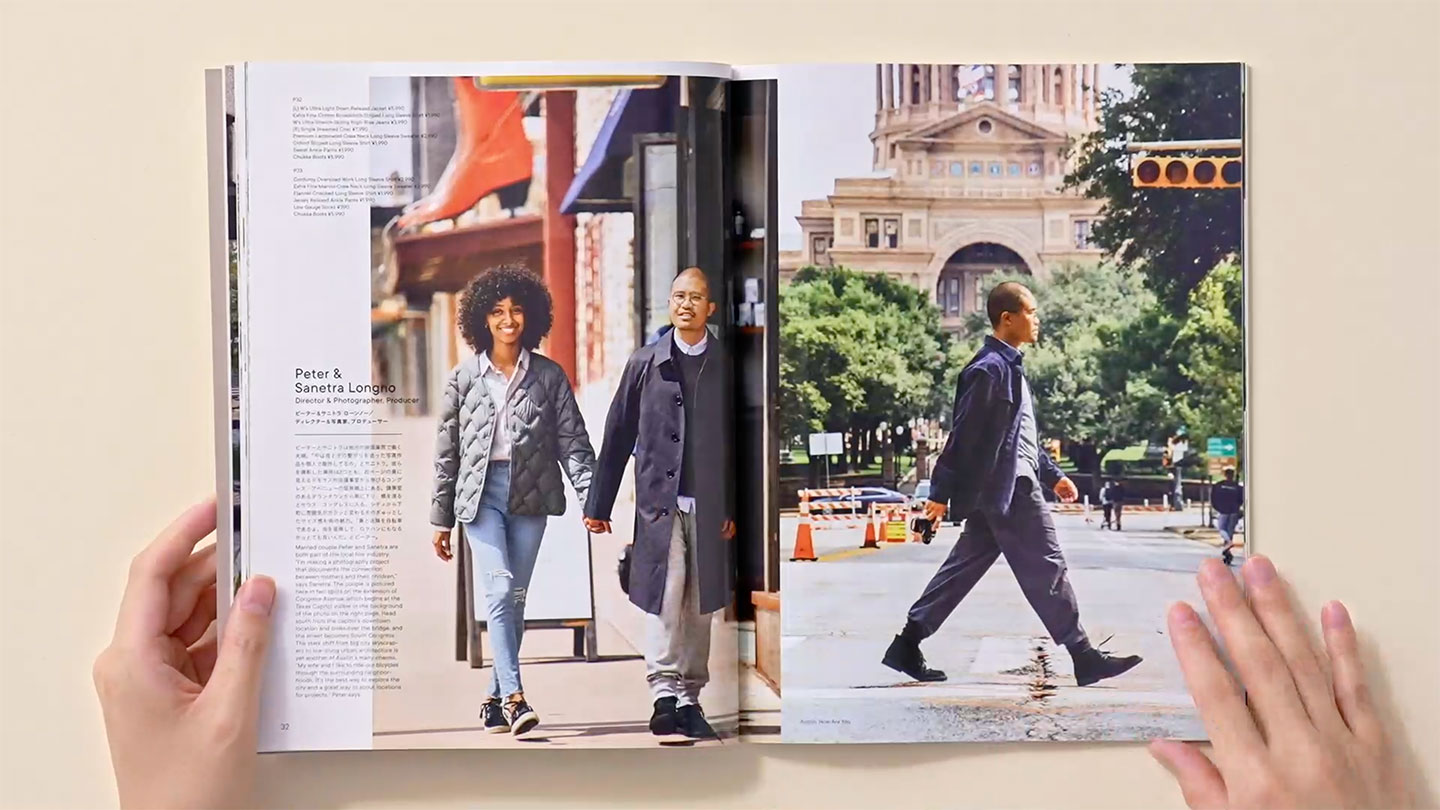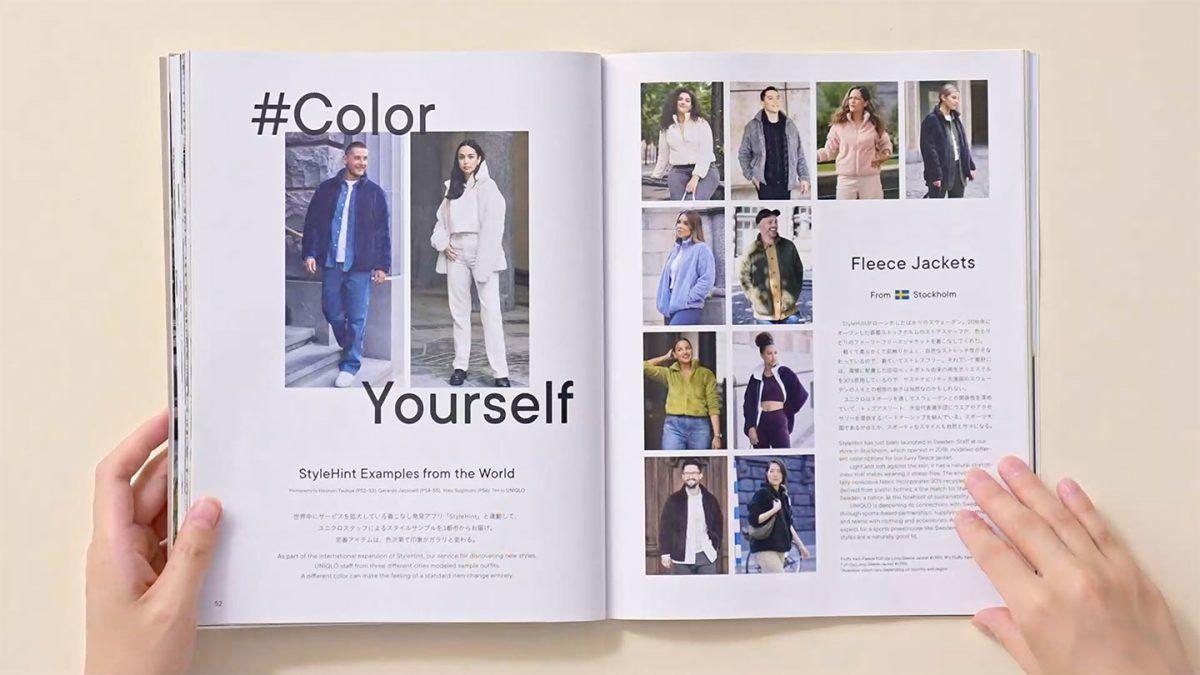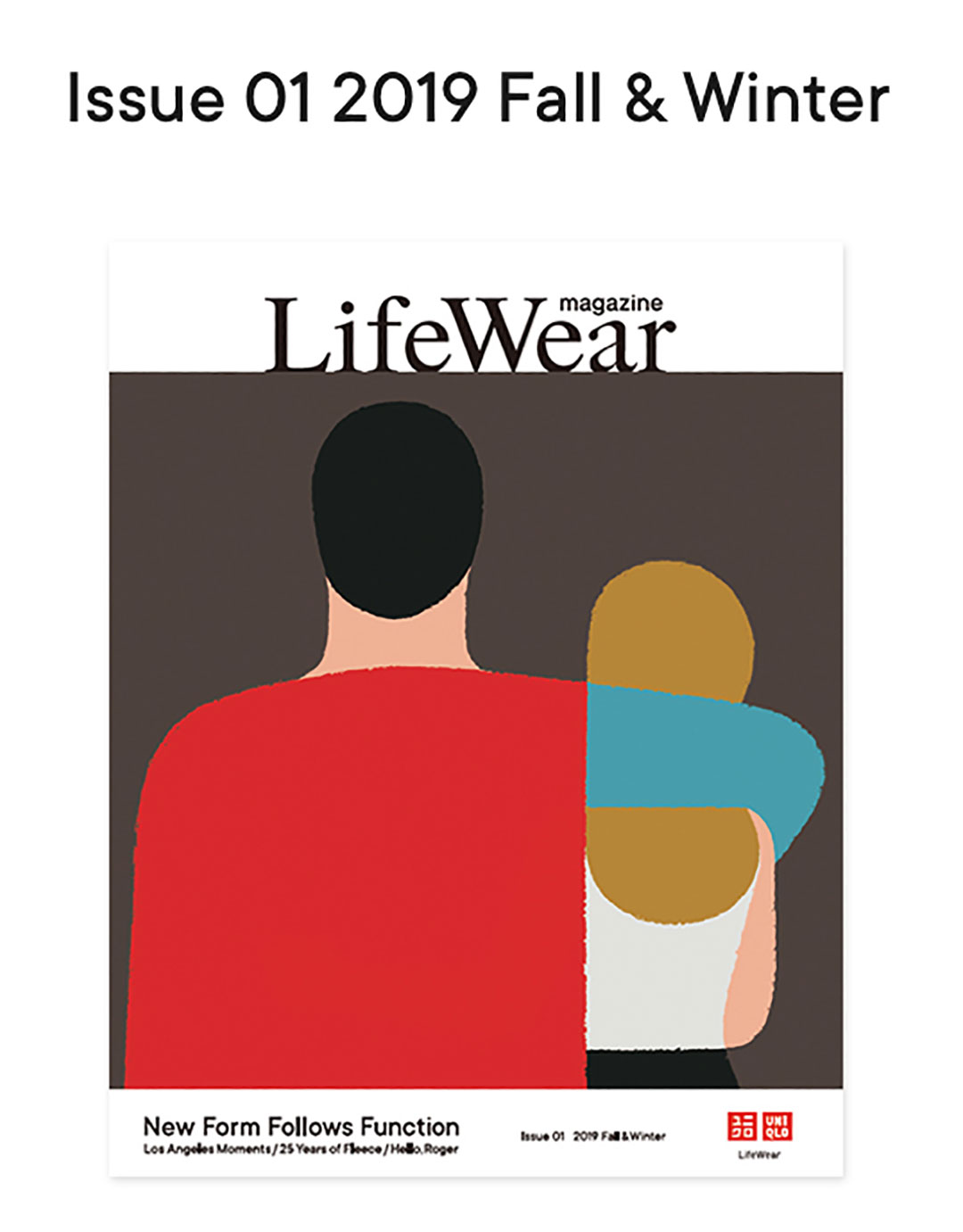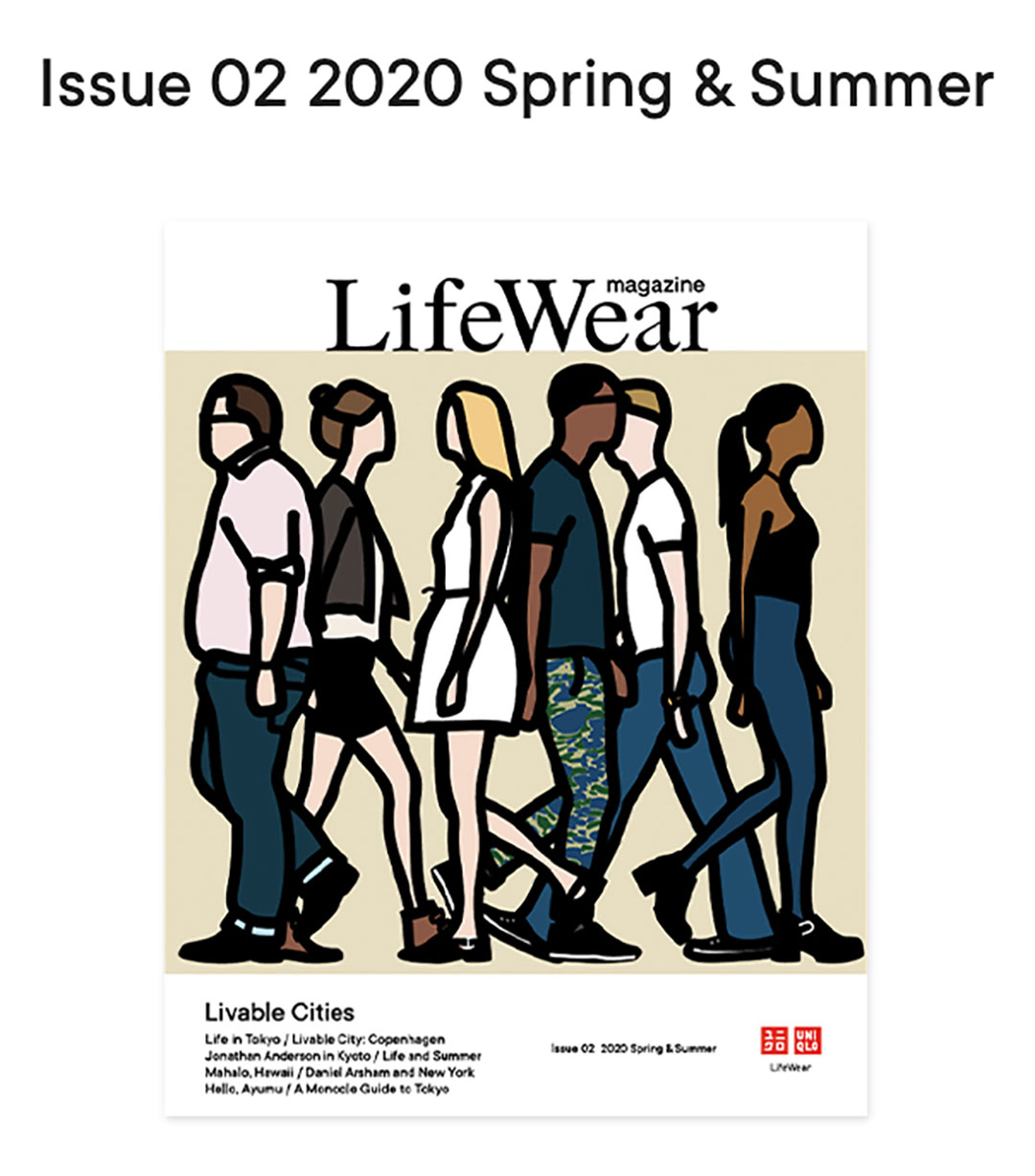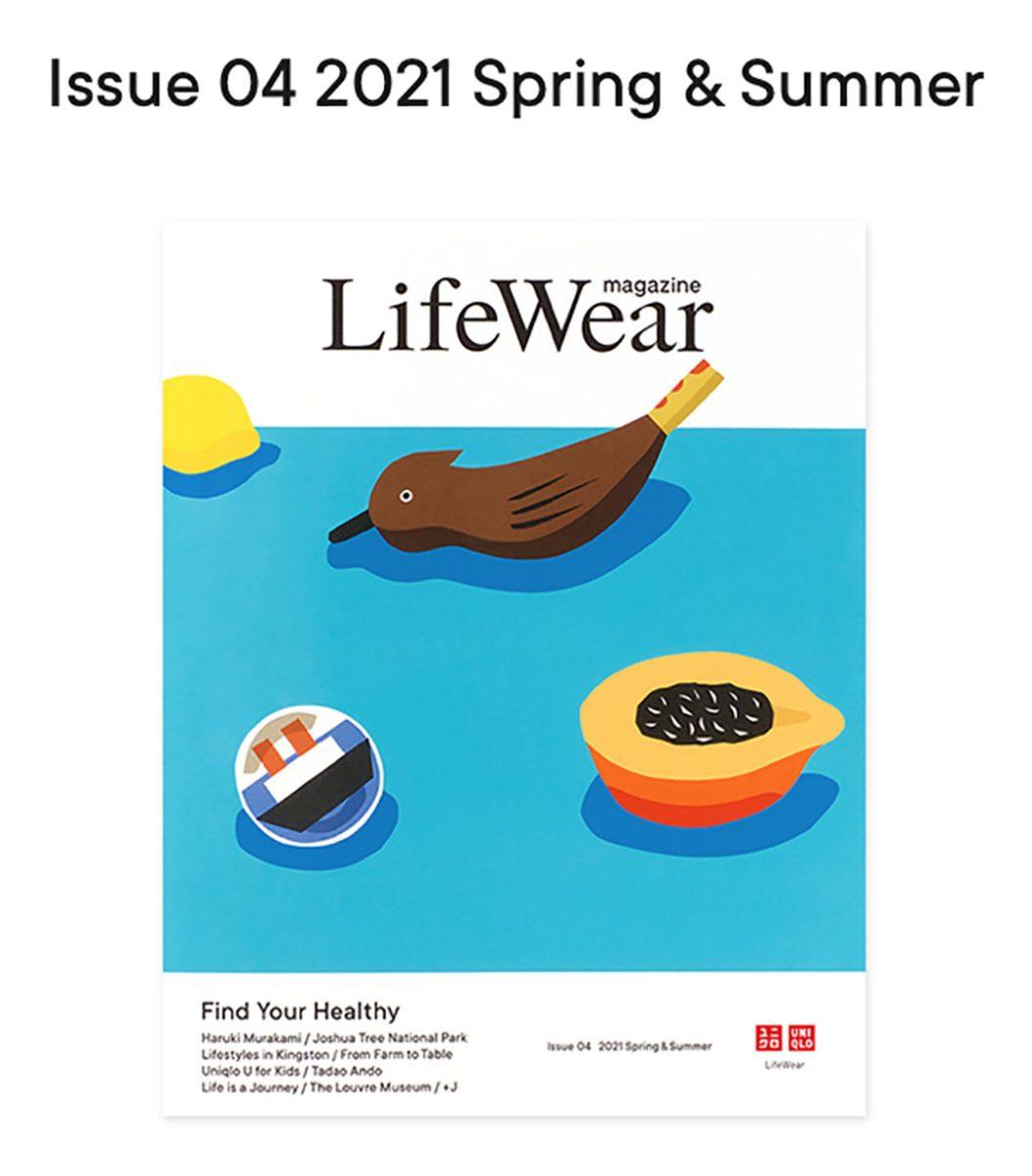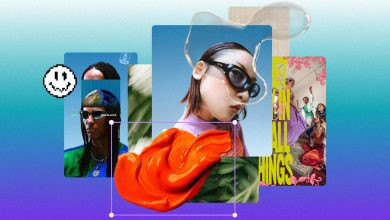MANILA, PHILIPPINES — In various previous blogs from Branding Nerd, they have featured the ‘promo‘ strategy of the likes of BGC through art, Sperry® through micro-influencers and co-branding, Red Bull® x GoPro® through co-marketing, and Amarula® through its CSR campaign to save the majestic African elephant.
Take a look on how Branding Nerd dives deeper into a publication from one of today’s leading clothing brands.
As mentioned in these previous blogs, the promotional strategy of a brand is also referred to as the ‘fourth P’ amongst the ‘six P’s’ of the marketing mix. As we’ve seen in the above-mentioned blogs, a brand’s promotional strategy can take on a variety of forms. This includes advertising, promotional tactics, social media marketing, influencer marketing, CSR programs, in-store advertising, and much much more.
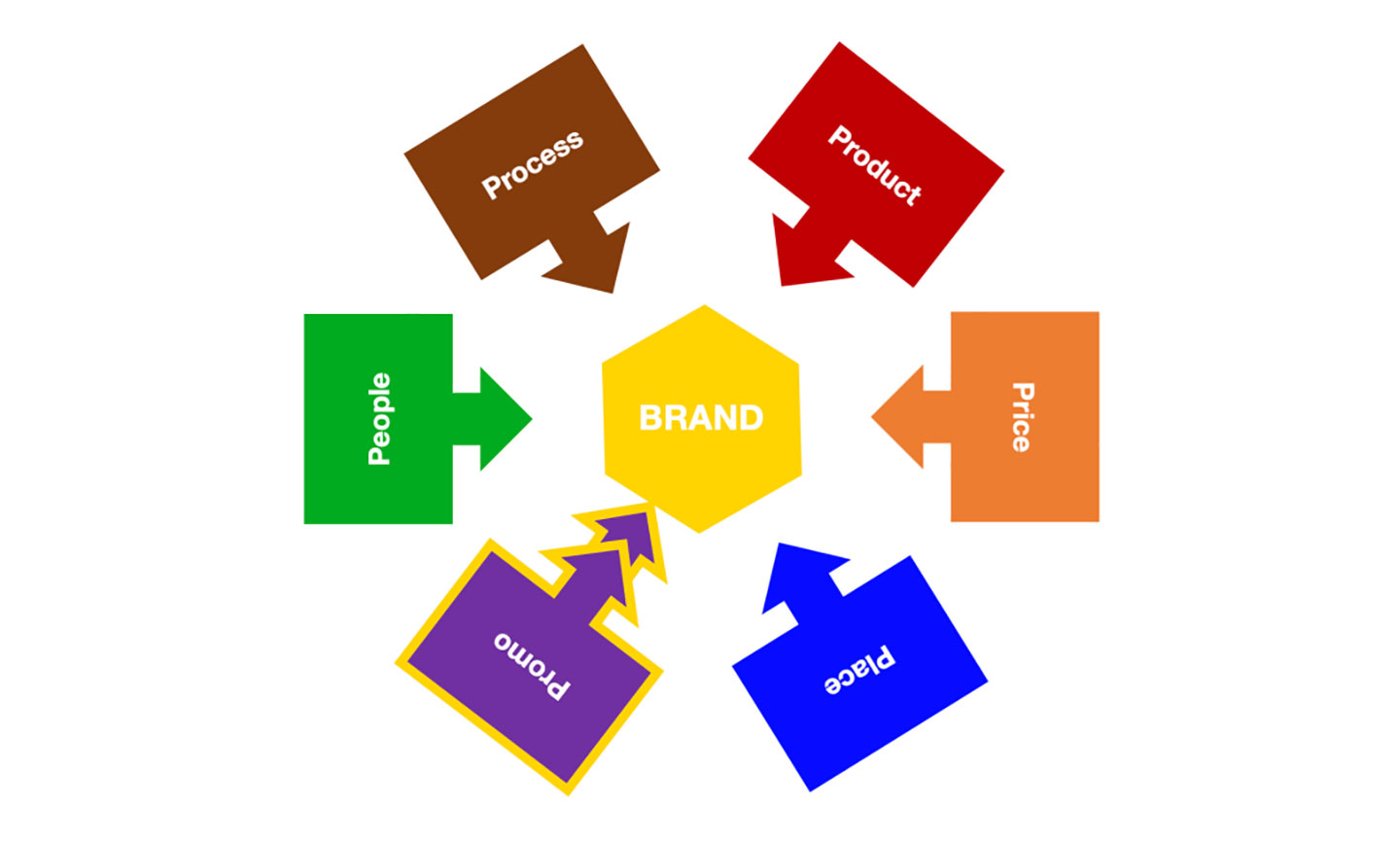
Depending on a brand’s strategy and identity, the type and combination of promotional strategies employed, as well as the communication platforms chosen by the brand are themselves reflective of the personality and character of the brand. For example, a premium brand like BMW® would likely be promoted in glossy magazines, exclusive events and Google display ads in upmarket lifestyle websites, and more. Conversely, BMW® will likely not be promoted in tabloid newspapers or their digital counterparts. Nor will you see BMW® being promoted in the aisles of supermarkets.

The tectonic developments in the media landscape, primarily due to digital, have changed the game for brands and it has also increased the complexity of the role of marketers especially in determining the right mix of promotional strategies and platforms to use.
Today, there is a plethora of choices, both traditional and digital available to brands that would help promote their strategy and identity.
Return of the Old
In this age of digital, ironically, one new promotional platform that has been gaining ground in the past four to five years, especially amongst leading retailers, is the concept of a ‘branded magazine’ both in printed and digital forms. Print is obviously nothing new, however, brands are discovering new ways of building brand equity through this very old medium.
In a 2019 feature in the website foliomag.com, Kayleigh Barber says: “For retailers and companies looking to build deeper connections with consumers or cast a wider net for audience engagement, launching a print magazine is a bourgeoning trend.”
In the same article, some key insights are offered as to why this trend is catching on.
First, according to Joe Pulizzi, founder of the Content Marketing Institute and the Orange Effect Foundation, “This engagement strategy has been successful for retailers for a couple of reasons, one being because the marketing focus for many companies right now continues to be digital, and therefore there is ‘scarcity of competition’ in the print space. It’s almost like the early days of the web when the first movers in content creation dominated. Now it’s happening with print.”
Second, Pulizzi sees that another reason for this trend is the fact that consumers have a higher trust rating for print vis-a-vis content published via digital platforms. “With all the fake news going on, consumers believe that if a company invests in the printed word it’s more valuable. Whether it’s true or not, that’s the perception”, he says.

And third, Scott McDonald, president of NOMOS Research told Folio: “Another reason retailers might be attracted to this marketing tool is print’s ability to capture more of the readers’ attention than digital platforms. People read slower on paper and retain more of it. Plus they tend to fantasize more, projecting themselves into the pictures. It’s a leisurely activity compared to the more purpose-driven and distractible experience of navigating on screens. Retailers could take advantage of that difference.”
The Birth of a Magazine Brand
In this blog, we feature a promotional strategy using the concept of a branded magazine that has become so integral to the brand that it became a brand in itself.
I am referring to LifeWear® Magazine, the two-year-old, bi-annual (spring & summer and fall & winter) publication of Uniqlo® (both hardcopy and digital) launched back in 2019, just a few months before the global pandemic started. The magazine debuted with an initial print run of one million copies, half in English and half in Japanese.

The brand name of the magazine is taken from the ‘brand’ or type of clothing that Uniqlo® has positioned itself with, namely: ‘LifeWear’.
“What makes UNIQLO’s clothing ‘LifeWear’? By unpacking the philosophy behind our manufacturing, aesthetics, product functionality and design, we hope to offer a good answer. Hence the creation of the LifeWear Magazine.”
– Uniqlo Website

The term ‘LifeWear‘ was coined by Uniqlo® to describe its clothes.
And in order to further articulate what this means in the context of the lives of its target consumers, LifeWear® Magazine was founded. It’s a brilliant way of showcasing the brand strategy and brand identity of Uniqlo® while weaving these into real-life situations of its target audience through engaging storytelling.
LifeWear is clothing designed to make everyone’s life better.
It is simple, high-quality, everyday clothing with a practical sense of beauty ingenious in detail,thought with life’s needs in mind, and always evolving.
As a way of helping people all over the world to explore the specifics of this clothing and the concepts behind its production, we founded LifeWear Magazine.
Lifewear® Magazine Website
The magazine’s first-ever issue debuted over two years ago in August 2019 and to lead the editorial charge, Fast Retailing, which owns Uniqlo® and other fashion brands, hired Takahiro Kinoshita former Editor-in-Chief of highly popular Japanese fashion and culture magazine POPEYE.
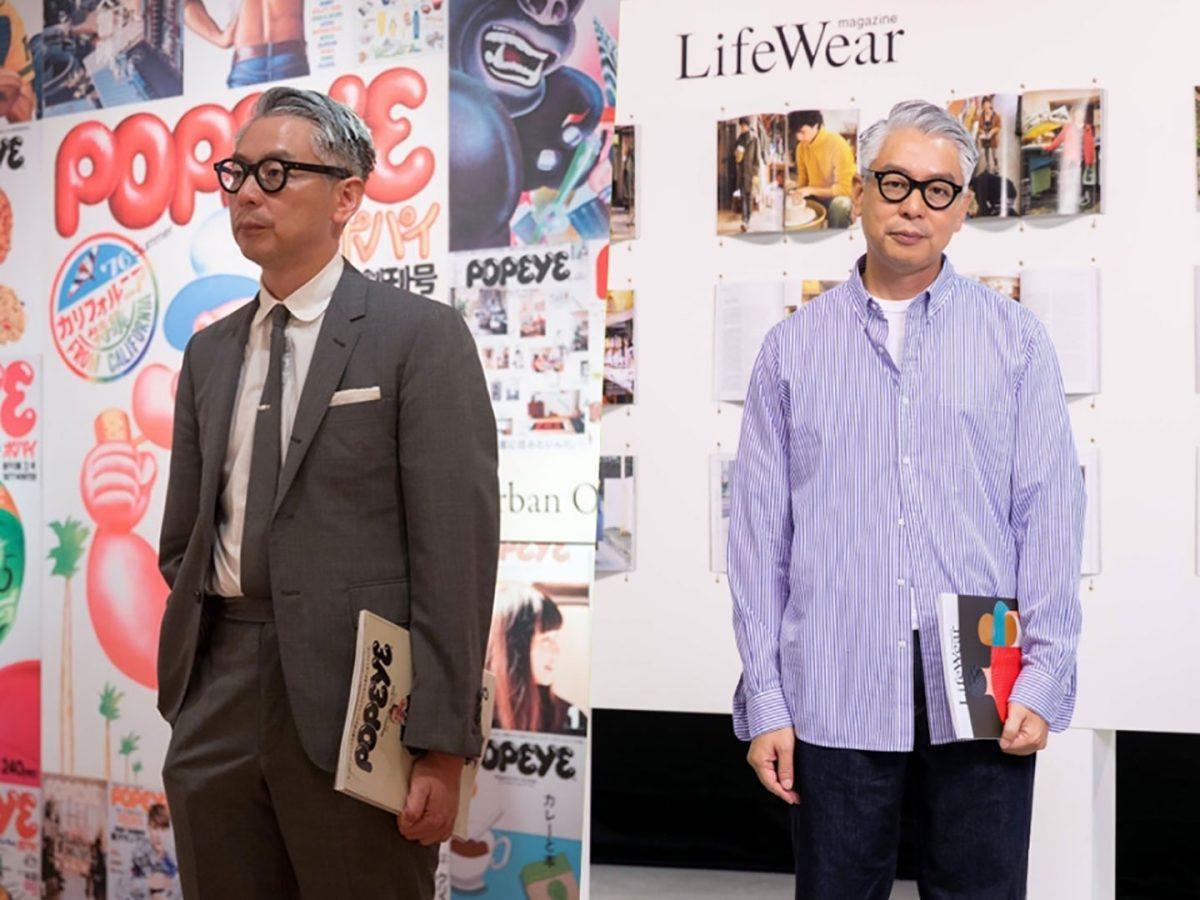
Upon joining Fast Retailing, Kinoshita was quoted as saying: “In a special feature we did on snapshots in POPEYE, the brand most worn by young people around the world these days was UNIQLO. I felt that this was an extremely intriguing company, and decided to join Fast Retailing. UNIQLO is already the face of Japan. People everywhere are interested in what sort of expression UNIQLO makes, and I hope to ensure that UNIQLO always shows a positive face both in Japan and around the world.”
“Hello, Roger”
In its maiden Fall & Winter issue back in August 2019, one of its featured articles was entitled “Hello, Roger” which was a Q&A piece with one of its global brand ambassadors and tennis superstar Roger Federer. Roger gamely answered thirty questions.
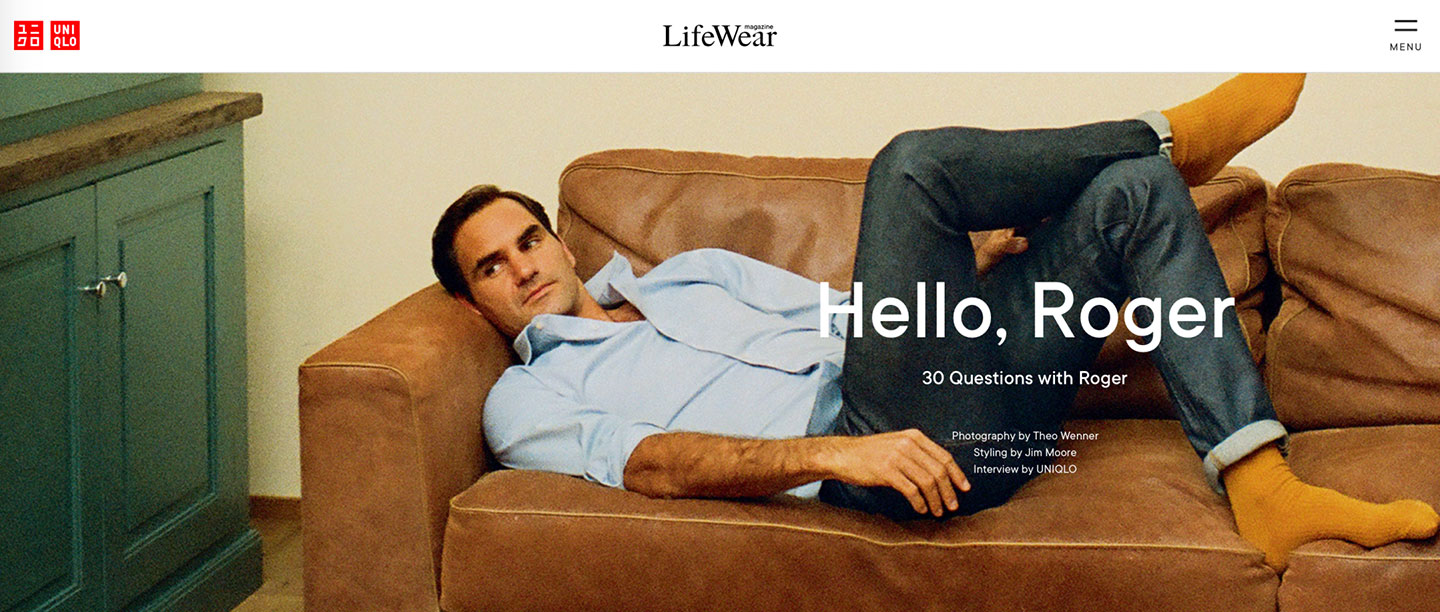
In question number twelve, he was asked: “Do you have a motto?”
He answered: “When I was young, I heard something that really stuck. ‘It’s nice to be important, but more important to be nice.’ Everybody wants to be the center of attention. But actually that’s not what’s most important. It’s how you treat others. I try to treat everyone the same, because I think we’re all the same at the end of the day. We all live on this planet together and we should all be nice to one another.”
Subliminally, these types of content provide a halo effect on the brand itself. It’s like saying: ‘Here in Uniqlo, we are nice people and we are nice to people,’ thus providing a positive value for the brand to associate with.
In question number twenty-three, he was asked: “Why work with UNIQLO? We’re not a sports brand.“

His provided answer gave a glimpse of his intimate view of his future, while subtly hammering in Uniqlo®‘s brand positioning: “I might retire from tennis at some point, but not from life. UNIQLO understands that about me. After all, it’s more than just a clothing company. It’s a lifestyle. That’s what makes it LifeWear.” Of course, these are all obviously staged. But the entire magazine is indeed designed to provide a highly curated, well-thought-out presentation of the brand strategy and brand identity in a more engaging and interesting way vis-a-vis the usual and uninvolved print advert or social media post.
From this example of one article in its first issue, we get a glimpse of the immense potential for a branded magazine to help build brand equity and deepen engagement between the brand and its consumers. It works well especially for brands which have a wide portfolio of products catering to a wide range of consumers. However, just like what we’ve seen with Red Bull®, it also works with a single product brand which has a robust story to tell. With its focus on extreme sports and extraordinary experiences, the tagline “Beyond the Ordinary” for its The Red Bulletin magazine is strongly aligned with Red Bull®‘s brand positioning while affording the magazine to cover a wide variety of stories to tell along the lines of adventure and the exciting outdoors.
Each one of the issues of LifeWear® Magazine revolves around a central theme, as follows:
- Issue 1: 2019 Fall & Winter – “New Form Follows Function”
- Issue 2: 2020 Spring & Summer – “Livable Cities”
- Issue 3: 2020 Fall & Winter – “Our Tomorrow”
- Issue 4: 2021 Spring & Summer – “Find Your Healthy”
- Issue 5: 2021 Fall & Winter – “Neighborhood Living”
With its focus on ‘Neighborhood Living‘ in its most recent issue this year, the magazine explains:
“As we adjust to new lifestyles, it’s crucial that we underscore the value of local, friendly neighborhoods. We find comfort in our neighborhoods. This is where we live, love, and stroll. Where we browse our favorite shops, say hello to friends, and make new connections. This kind of an environment is essential to building a better tomorrow. Our fifth issue was inspired by how neighborhoods can give us hope for the future.”
Barbican Neighbors
One of the pieces in this fifth issue is entitled ‘Barbican Neighbors’. “The Barbican Estate is a residential complex in Central London, completed in 1976. Its iconic brutalist architecture is a city landmark. Comprising twenty structures, the complex has around 2,000 flats, in over 140 square footage and layout combinations. Optimized for residential living, the complex was built to accommodate a variety of lifestyles and remains a sought-after place to live,” according to LifeWear® Magazine.
With today’s new normal of spending most of our working hours in our homes and around our neighborhoods, this clever feature on the ‘Barbican Neighbors’ provides a unique way of featuring how the simple and comfortable day-to-day ‘LifeWear‘ clothes of Uniqlo blend in naturally into any local neighborhood anywhere in the world. It also adds to Uniqlo’s global and sophisticated brand personality even whilst espousing simplicity and comfort as its key functional benefits.
This brilliant magazine brand which supports its equally brilliant clothing brand leaves us with some key lessons with regards to this type of promotional strategy:
- First, old communication platforms (i.e. print), can offer new opportunities to develop deep and engaging relationships between the brand and its consumers.
- Second, long-form content like a branded magazine provides immense possibilities for developing creative ways of deepening the brand’s positioning and expanding its personality.
- And third, by immersing the brand into personal stories of its consumers, it heightens its relevance and strengthens its loyalty amongst its followers for the long-haul which competitors will find very hard to copy.

